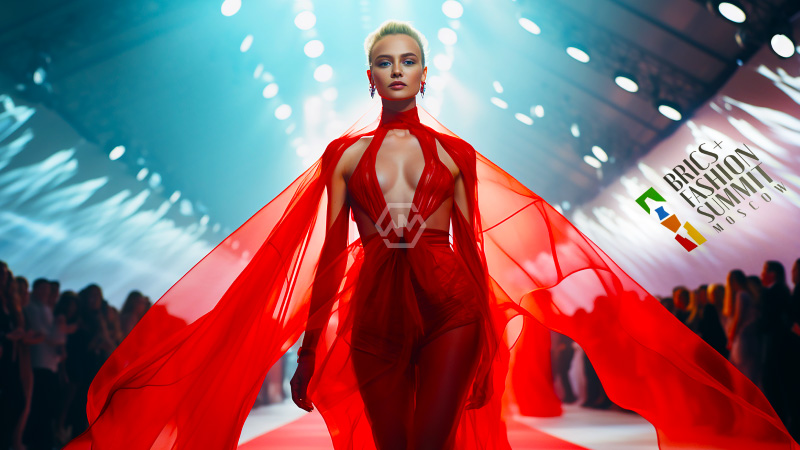- Ten fashion shows with thirteen designers each provided a wide variety of designs at the BRICS+ Fashion Summit.
- Using genuine jewels, Hany El Behairy constructed the costliest dress in the world, valued at $15 million.
- Indian designers presented their creations during the BRICS+ Fashion Summit, emphasizing coziness and comfort.
Ten fashion shows with thirteen designers each provided a wide variety of designs for different audiences at the BRICS+ Fashion Summit in Moscow. The best designer was Hany El Behairy of Egypt, renowned for his glitzy dresses and elaborate patterns using bead and thread work.
Using genuine jewels, he constructed the costliest dress in the world, valued at $15 million. Behairy visited the top to unveil his latest collection, which drew inspiration from Parisian museums such as the Louvre.
BRICS and Fashion Summit
Turkish designer Arzu Caprol created elegant, glistening creations that were visually striking because of beading and a variety of materials. Her gowns lacked embroidery or beading and were extravagant but modest. Hut to High Streets, Shruti Sancheti’s collection, combined streetwear motifs with traditional materials, making it simple for consumers to picture themselves wearing them.
The fabric that Sancheti utilized for her Hut to High Streets line was made by hand, combining aspects of streetwear with conventional fabrics. Her goal was to make India a global player by fusing Indian craftsmanship with international style and designing effortless separates that everyone could wear.
Her outfits, which combined traditional and contemporary elements, comprised long, billowy dresses, flowing slacks, relaxed shirts, and long coats trimmed with tassels and patterns.
In conclusion, a range of designers exhibited their distinct styles and creations during the BRICS+ Fashion Summit, including Turkish designer Arzu Caprol and Egyptian designer Hany El Behairy.
Indian designers presented their creations during the BRICS+ Fashion Summit, emphasizing coziness and comfort. Ritesh Kumar created streetwear pieces that were suitable for high streets across the globe, showcasing modern silhouettes, fits, and materials.
Using traditional embroidery and motifs to create feminine forms, Naushad Ali blended modern and traditional design elements. Not just for publications or runways, but for everyday wear, the designers’ clothing was designed. Favorite designer Gaurav Khanijo used eclectic and modern elements to create a collection of menswear that could double as statement items for daily wear.
Using asymmetrical cuts, accents of black and white, and dragon scales and horns, Indonesian designer Aldrè dazzled with his creations. Both on the runway and on the streets, these striking outfits looked great. Wearable, striking pieces that would brighten up your wardrobe and give your staples the much-needed makeover, Aldrè’s designs were captivating.
The thing that fascinated me the most about the event was how each designer wanted their clothing to be worn by people more than simply those in their nation.



